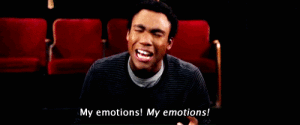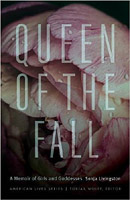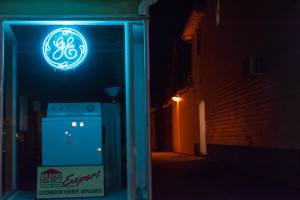Posted by Emily Peterson, Poetry reader for issue 4.2
As the cruel month of April comes to a close and the beginning of May is within sight, Gandy Dancer issue 4.2 is nearly ready for launch. With contributions from students across ten different SUNY schools, issue 4.2 delivers a wide range of poetry, fiction, creative nonfiction, and art that encapsulates SUNY’s literary skill. The Gandy Dancer staff has worked all semester long to curate a magazine that celebrates diverse voices and unique creative expression.
We are proud to publish six different works of fiction in this issue of Gandy Dancer including Sarah Hopkins’ haunting piece, “Frontierland,” which is a story set on a bleak and dusty oil well that captivates the reader with its strong sense of place. We are also pleased to publish Abigail Allen’s “Love is Lemons,” a quiet story that highlights the subtleties and frustrations of young love. Issue 4.2’s poetry selection offers poems from eighteen different authors. These poems range dramatically in theme, tone, and structure. Michal Zweig’s “Happy//Over” commands the reader’s attention with its shifting typeface, strikethroughs, and a spliced in quote from a US Supreme Court justice. Jay’s two poems, “Winning the Lottery, 1969” and “Cannon Fodder” employ an economy of language which is concise yet powerful. Christine Davis’ deeply personal essay “Onliness” explores the complexity of family dynamics and the role of only children. “What Are You Laughing At?” by Brendan Mahoney is a humorous work of nonfiction that delivers poignant commentary on modern day comedic discourse. The Gandy Dancer staff is proud to publish original artwork in a variety of mediums—peppering photography, painting, collage, and even sculpture throughout the magazine. Issue 4.2’s Featured Artist is Lei Peng Gan whose three paintings “Untitled No. 17,” “Muar: Jalan Meriam No.2,” and “Intersection No. 5” feature rich colors and distinct lines.
We hope you join us for the official release of Gandy Dancer issue 4.2 at the launch party on Wednesday, May 11 at 9:00 AM in the College Union Hunt Room.






